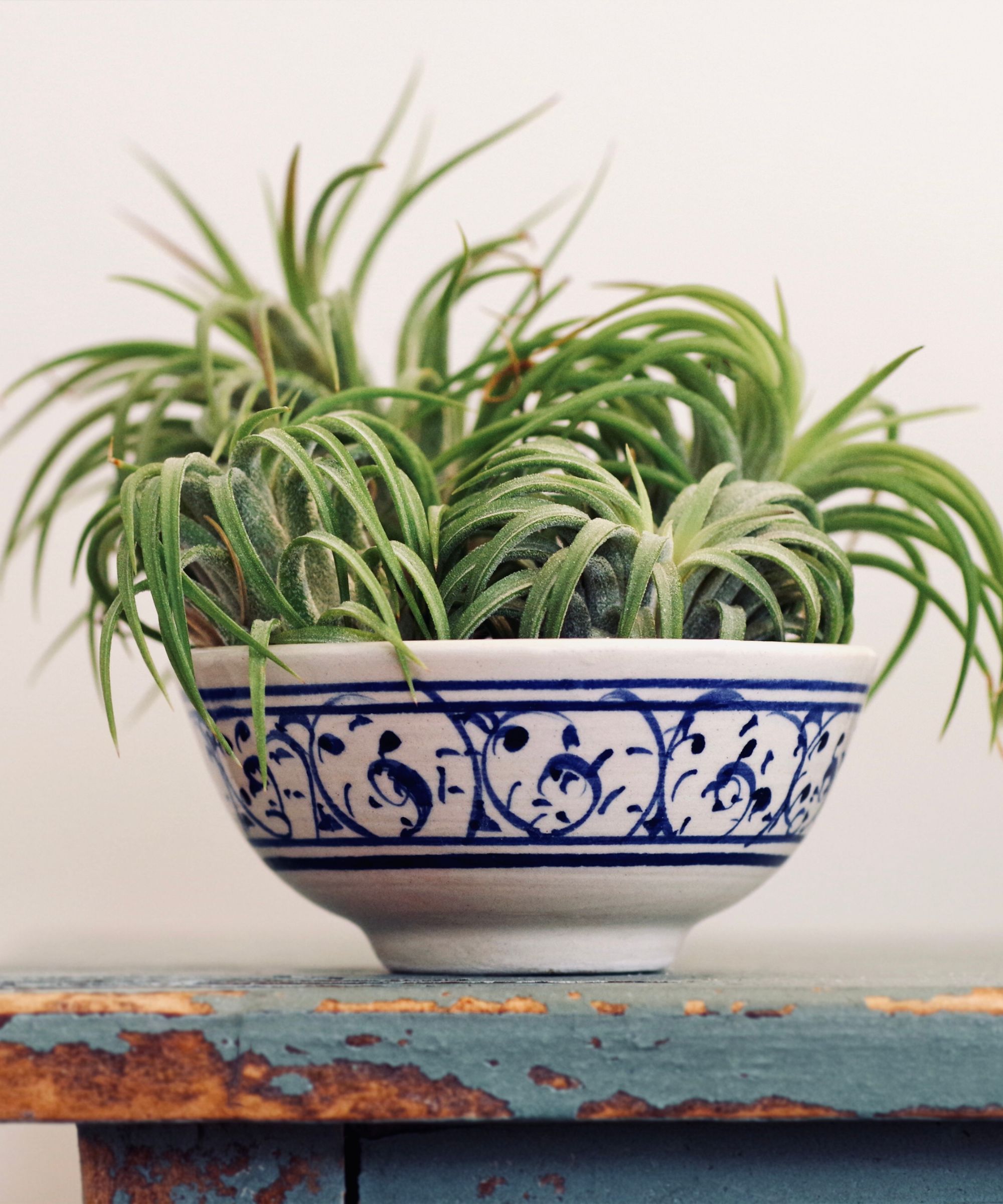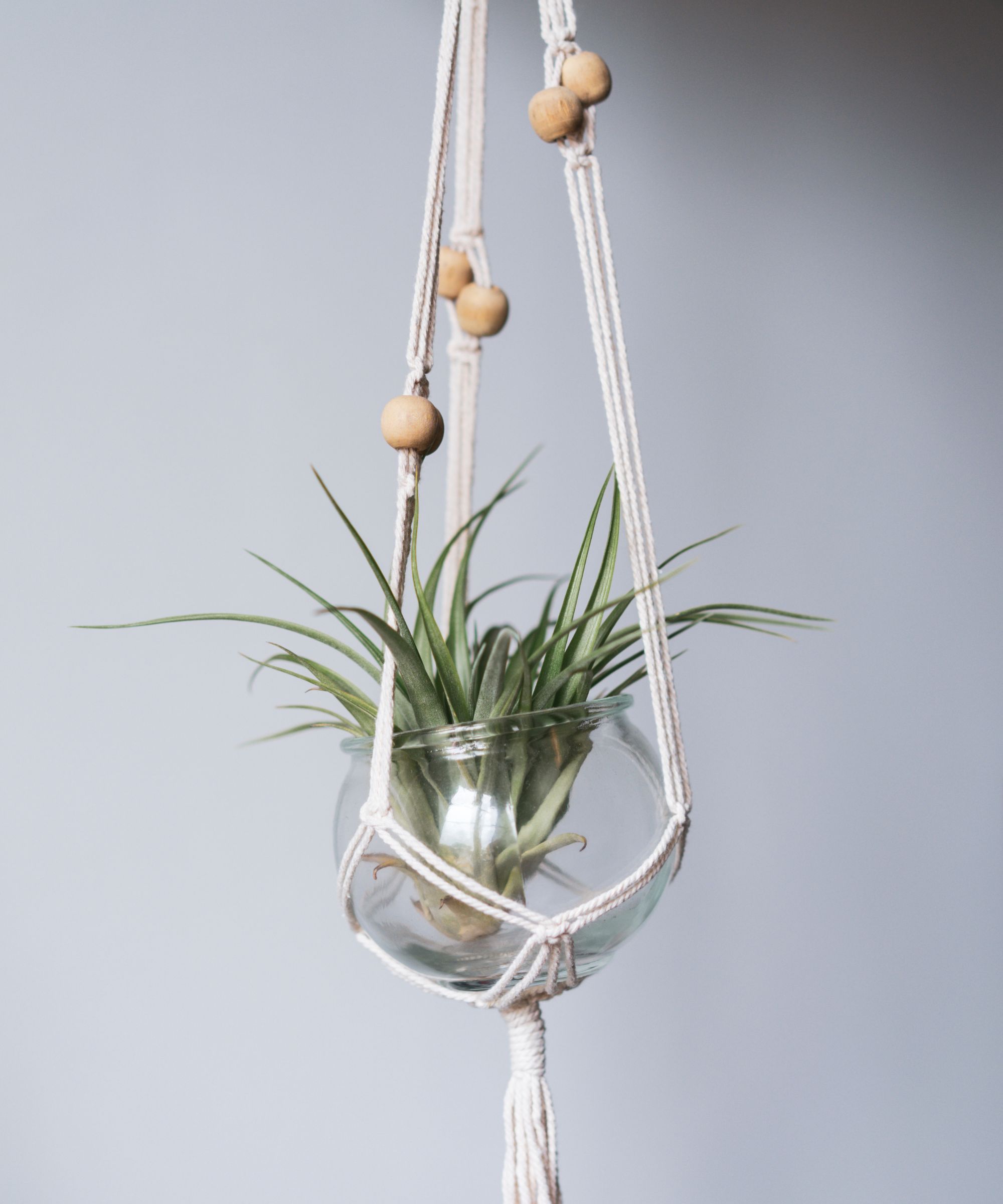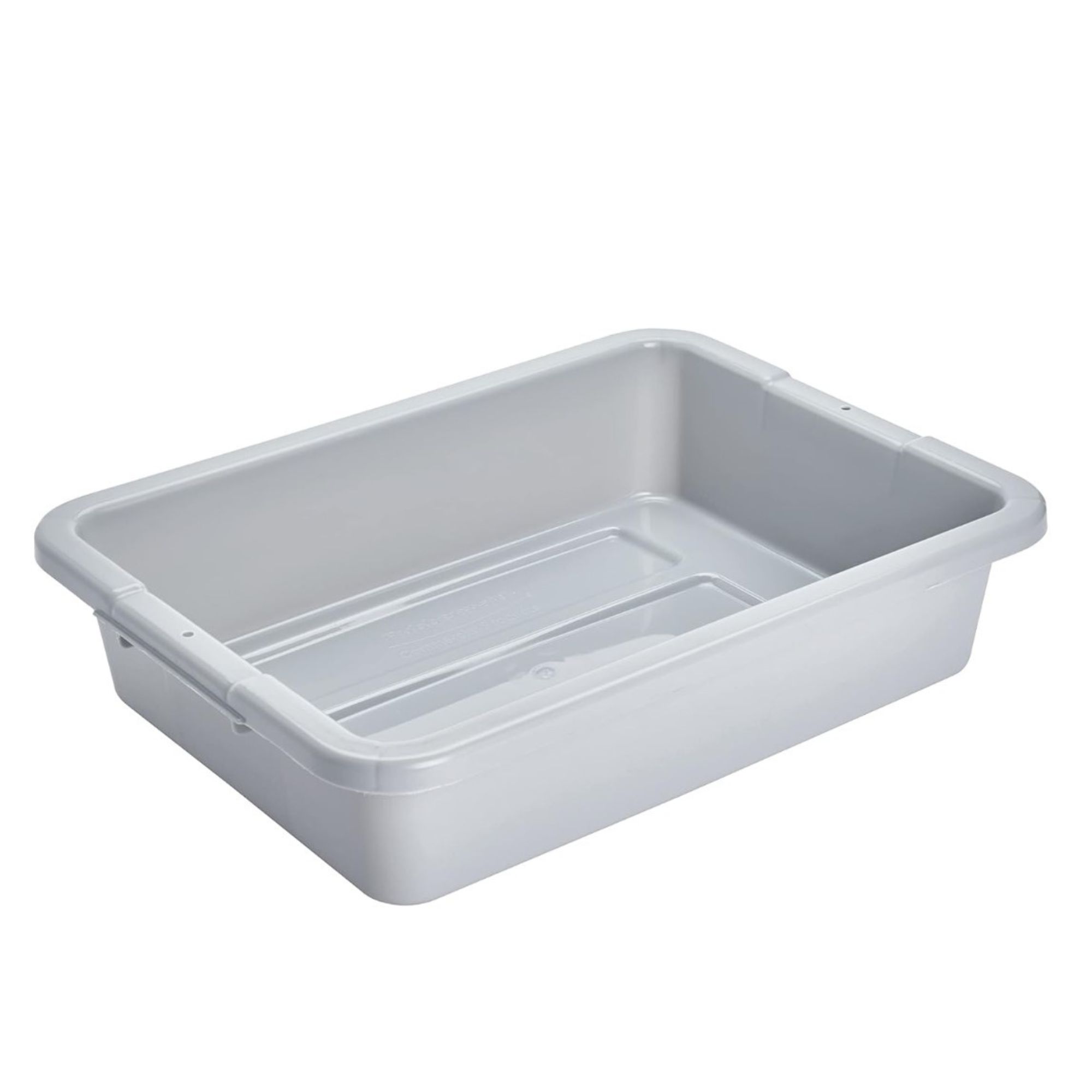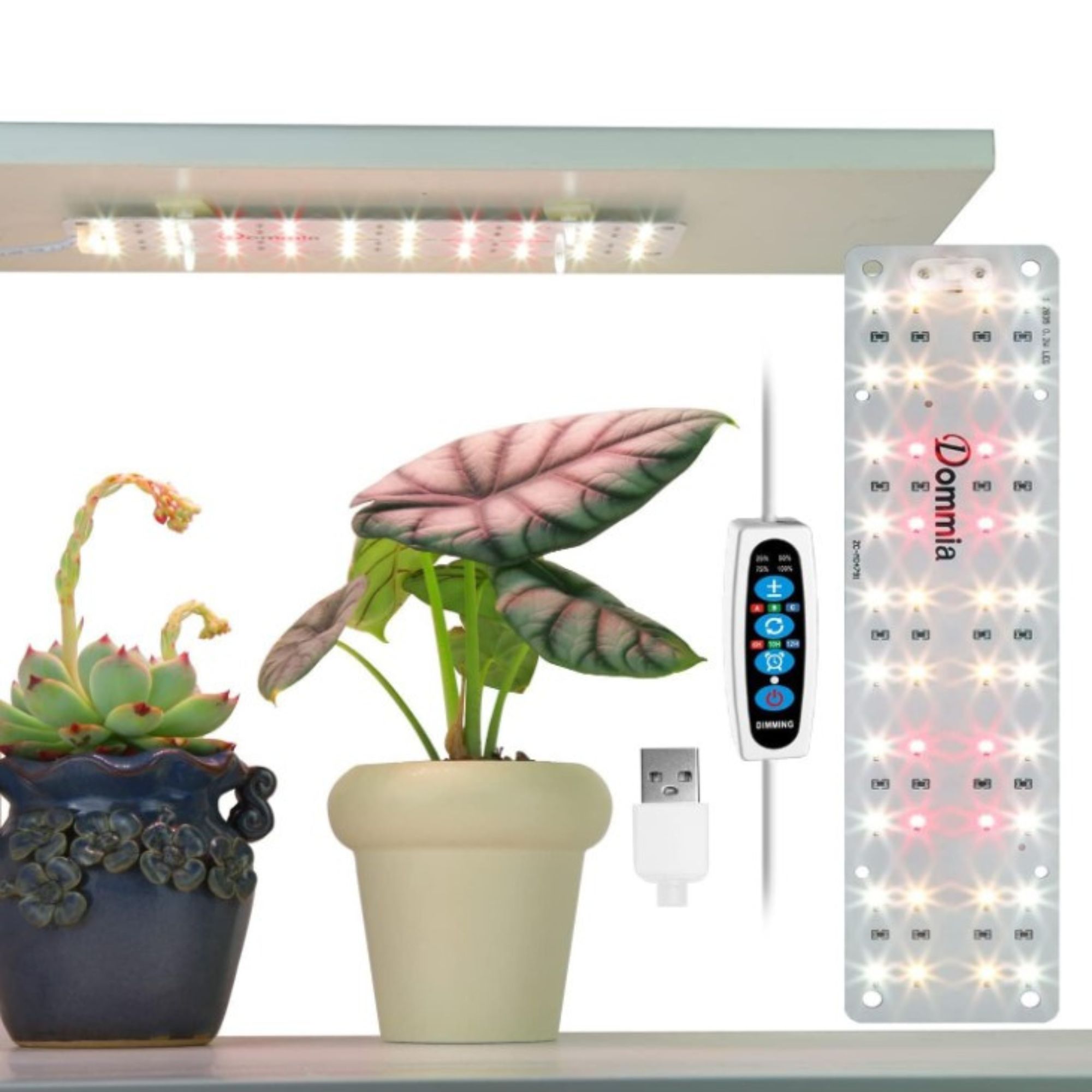Plant experts answer: “Why are my air plants’ leaves turning yellow?”
Our pro gardeners share the common reasons and reveal how to fix it


Are you looking at your unhappy greenery and wondering ”Why are my air plants’ leaves turning yellow?“ You don't need to worry, as all the possible problems are easily solvable.
We've spoken with two brilliant plant pros to find out why those long leaves could be turning a strange color, and how to solve the issue. Location and watering patterns are two key things that could be causing this.
We love air plants and think they're one of the best indoor plants, thanks to their gorgeous leaves which add a touch of natural drama to a room. We’re all about keeping them as healthy as possible.
Why are my air plants’ leaves turning yellow?
We’ve broken this down into key steps to help you solve the problem, from assessing the environment to ultimately fixing it, so you can learn how to care for your houseplant if you’re struggling.
“Just like any plant, Tillandsia, or ‘air plants’ (which come from the same family as pineapples, by the way), need water, light, and nutrients to survive,” says Heather O’Donovan, plant expert and founder of Hortihop.
As well as this, our expert in-house shoppers have picked some helpful plant buys to help you get started on saving it ASAP.
Check what kind of air plant you have

First of all, have a look at what kind of air plant you have, as there are some key differences between different ones. This will help you assess how to care for your air plant.
Get small space home decor ideas, celeb inspiration, DIY tips and more, straight to your inbox!
Heather explains, “Air plants are native to the Americas, and rather than growing out of the soil in the ground, they instead latch on to rocks or cliffs (lithophytic) or other plant life (epiphytic).”
Tillandsia are native to both wetter and drier climates alike, but you can see what kind yours is from by checking the leaves.
“The darker green and less ‘scaly’ the air plant, the more likely it is to have come from a wetter climate,” explains Heather.
Meanwhile, Heather says the lighter or more silvery ones with more ‘scales’ are typically from drier climates.
“Those scaly structures are called 'trichomes,' by the way, and they perform several functions, including pulling moisture and nutrients in from the environment,” she adds.
The scales also help prevent the plant from drying out, which is critical in drier climates.
Why darker air plants’ leaves are turning yellow

For those who have air plants with especially luscious green leaves — which signals it’s one of the best tropical plants — you might be giving it too much sunshine if its leaves are yellow.
Heather says, “If you have it in a bright window, receiving direct light, chances are your plant is getting way too much light.”
“In the rainforest, the plant would be receiving dappled indirect light, filtered by the surrounding plant life,” she adds.
To fix this, Heather recommends moving your air plant to a spot with bright, filtered, indirect light.
“After this, continue soaking the plant for ten to twenty minutes once every ten days or so to try and remedy any damage,” she explains.
Why silvery air plants’ leaves are turning yellow

You may have peeped at your plants’ leaves and found they're more of a silvery shade.
“If you have an air plant from a drier climate (silvery, more ’scaly’), and your plant is not getting enough sunlight to mimic its natural arid environment, it won't be too happy either,” Heather explains.
She recommends moving the plant to a brighter spot in your home to help see it thrive. As well as this, another common problem with air plants from drier climates is overwatering.
“Think of how infrequently plants in a desert experience rain. Air plants in arid environments are pulling in moisture from the air and occasional rain,” Heather adds.
To solve the issue, Heather says to dunk — rather than soak — your plant about once a week, and your arid air plant will be much happier.
Other reasons your air plants' leaves are turning yellow

Have you given your air plant some TLC and still haven’t noticed any change? There may be other problems at play.
“Fungus infections can cause yellow leaves, but you’ll notice a fungal growth in this case and can add a nonfungal additive (this Garden Safe Fungicide on Amazon would do the trick) to your plant,” says Jamie Mitri, plant expert and founder of Moss Pure.

Jamie Mitri is a plant expert and founder of Moss Pure, which brings nature to spaces with live moss walls and decor. She is an Engineer with two Bachelor of Science degrees in Chemical Engineering and Biology. Jamie uses both her engineering and science skills in the upstream process of the assembly of each piece. She has specialist knowledge in all things moss and other plants.
If you’ve just moved into a different home or the weather has changed dramatically, this could also be part of the issue.
“Has there been a new environment such as a different humidity setting or colder or hotter temperatures? Air plants will need time to react to a temperature or humidity change,” Jamie adds.
Once all else has failed, it may be time to give your air plant a new home in a new pot (we like these TureClos Sea Urchin Pots from Walmart, which are giving us all the coastal grandmother vibes).
“Allow about five days for the plant to get used to its new surroundings,” Jamie suggests.
These tips can apply to all kinds of plants, from the best air-purifying plants to outdoor plants, so if you have other plants turning yellow (cue the Coldplay song), you can try using these to solve them, too.
What to shop to stop your air plants' leaves turning yellow
You can get your air plant looking lovely again with the help of these useful buys.
The prices below were correct at the time of publishing this article.

Size (in.): H5 x W15.6 x D20.4
Made from: Plastic
Price: $17.97
If you need to soak or dunk your air plant to bring it back to life, this versatile box is spacious enough to do so.

Size (in.): H0.15 x W2.4 x D10.2
Made from: Metal
Price: $9.99
You might be stuck for sunny spots in your home, but one of the best grow lights from Amazon will make up for a lack of light.

Size (in.): H7.5 x W3.5
Made from: Glass
Price: $18.99 for three
Give your air plant a change of scenery with these planters, which would look stunning hung near a window.
It’s simple to bring your air plant leaves back to life. For anyone who has followed our advice, Heather has one last tidbit.
“Remember to always let your air plants dry upside down after their dunking or soaking, otherwise your plant might rot — don't saturate your sweet little air plant,” she finishes by saying.
Tillandsias are easy houseplants to take care of with the right know-how. If you have other tropical plants in your home, you may also find it helpful to find out how often to water snake plants, as this changes with the seasons.

Hi there! I’m the former content editor at Real Homes and I'm now a freelance journalist.. I've been a lifestyle journalist for over five years, previously working as an editor across regional magazines. Before this, I graduated from Nottingham Trent University a degree in journalism, along with an NCTJ gold diploma. For Real Homes, I specialized in interior design, trends and finding the best viral buys.
